Why Your Drone Flight Logbook Matters
Keeping flight logbooks and maintenance records isn’t the most glamorous part of being a commercial drone pilot.
But, flying your drone safely is the most essential aspect of your job. And, strong record keeping goes hand-in-hand with successful operations.
For any well-run unmanned aircraft system (UAS) program, it’s necessary to keep proper flight logs and maintenance records. In fact, at Consortiq, we’ve logged over 5060 flights overall.
Each flight varies. And, you’ll never remember each aspect of a particular mission.
After all, you probably fly hundreds, if not thousands of hours each year, which makes it nearly impossible to depend on your memory alone.
Most countries require you to keep up with flight logbooks, but some, such as the United States, don’t.
For example, the FAA stops short of making it a legal requirement. However, it still recommends that you keep a daily flight log.
If you’re looking for premade logbooks, there are a number of choices for record-keeping on the market. Even a quick search on Amazon or Google offers several from which to choose.
At Consortiq, we use Airdata for all our UAS operators, as it makes the process of tracking not only the operators, but also the platforms, batteries, and another necessary hardware. And, it’s really simple to use.
Logbooks don’t need to be complicated, and you can easily create your own. The important thing is what you include inside.
Let’s break it down.
What is a flight log, and what should you record in it?
When you’re creating a drone logbook, it helps to think as if you’re reconstructing an accident.
Each entry should contain enough information to recreate the flight at a later time, including specifics information to the type of work you’re doing.
“Flight logbooks are an essential way for us to track all our UAS operators currency, across all of our assets, it means that wherever our team are deployed in the world, we know that they are in compliance with not only our procedures, but also current with the regulations in the country they are operating in,” Bryce Allcorn, Consortiq’s principle consultant and head of global operations, said.
“It helps us manage our risk, our compliance with any operational safety cases or waivers.”
Aside from job-specific details, there are several standard entries to include. It’s essential to set the scene – record the date, time, location, and the people involved.
Also, you want to cover anything that affected the UAS operation. Incorporate information such as weather conditions, wind speed and direction, visibility, and a list of any special restrictions for the area as well. And, finally don’t forget to list the equipment you’re using.
Next, record take-off and landing times, along with any flight details. Try drawing a rough map of the area, an showcase where your drone traveled in both distance and height.
Once you’ve completed your flights for the day, add any notes of significant events that occurred. This is especially important if any sort of accident occurred, or if any equipment malfunctioned.
“Recently, we had an incident where one of our UAS had a unplanned introduction to the ground, our flight logs not only showed the UAS operator was current, and had followed the checklist, but also the UAS was up-to-date, in good condition and in ticket with regards maintenance, making our safety investigation, recommendations and the insurance claim process that bit simpler and thorough,” Allcorn added.
For every drone pilot, you’ll also want to calculate the total number of flight hours and add it to their running tally.
Finally, identify how and where you’ll store your flight logs for future review. In the event you need to present them to a governing authority, you’ll be glad they’re easy to find.
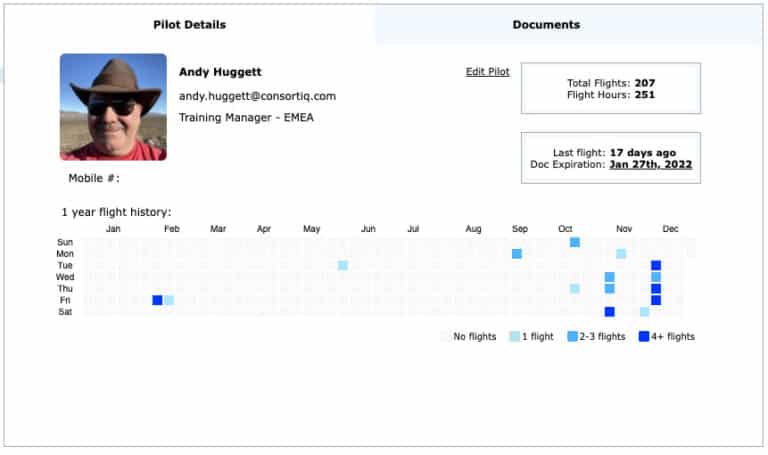
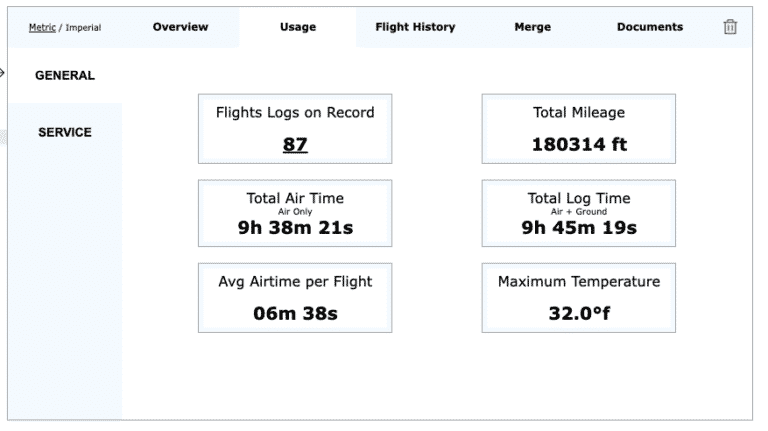
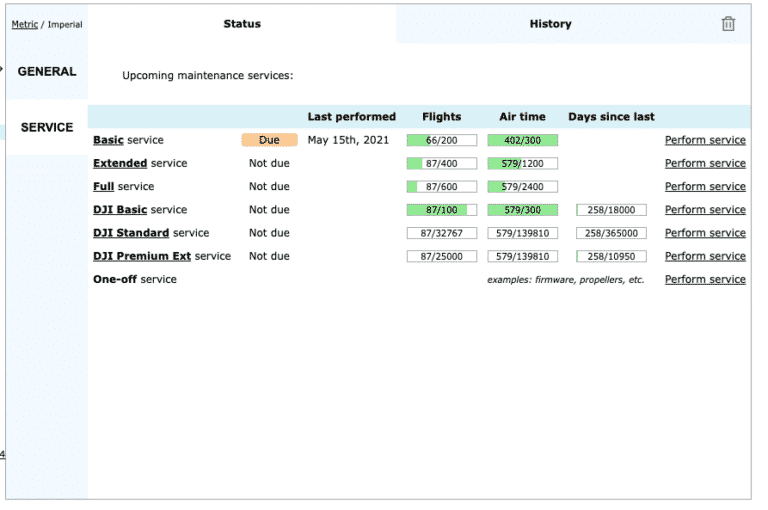

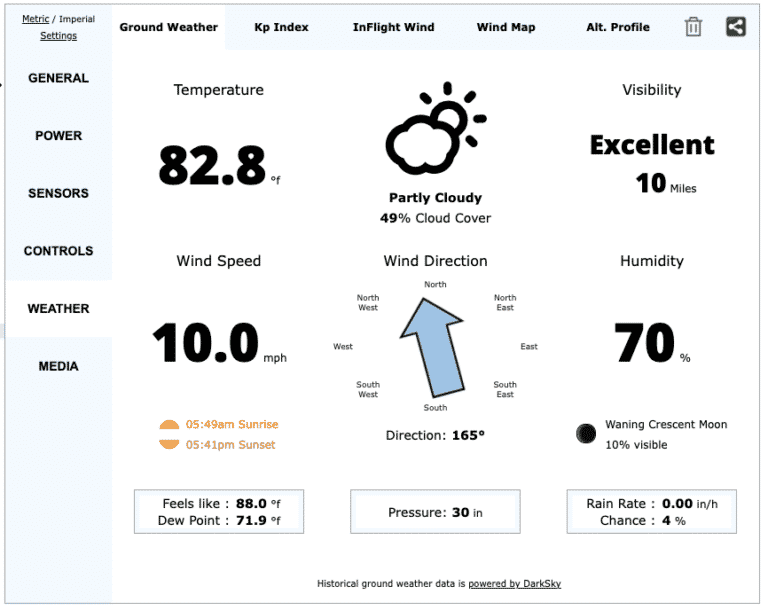

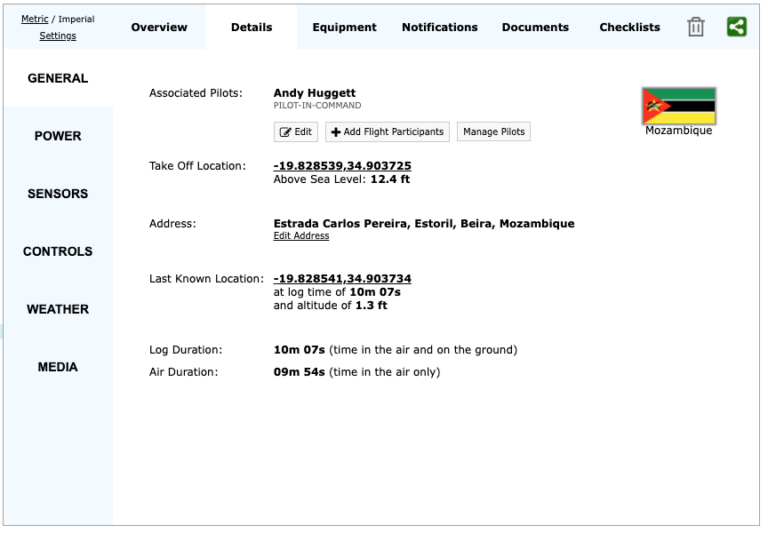
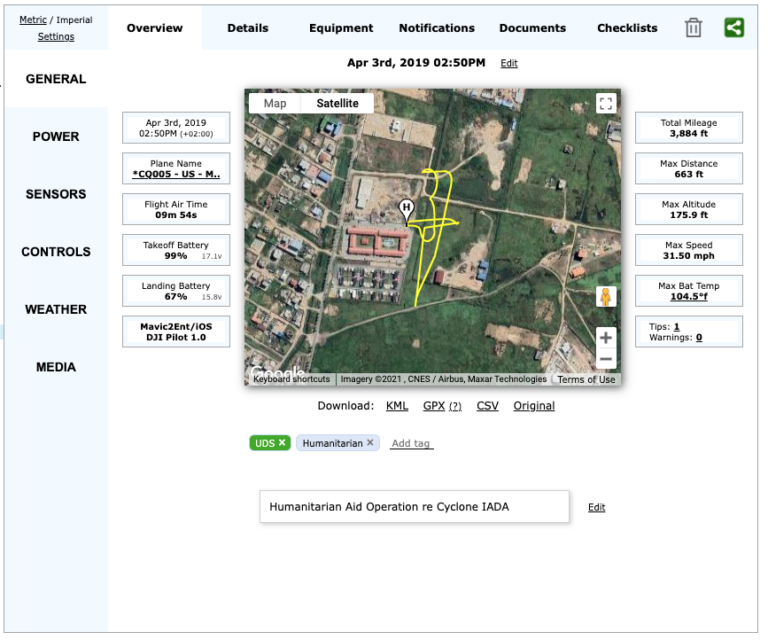
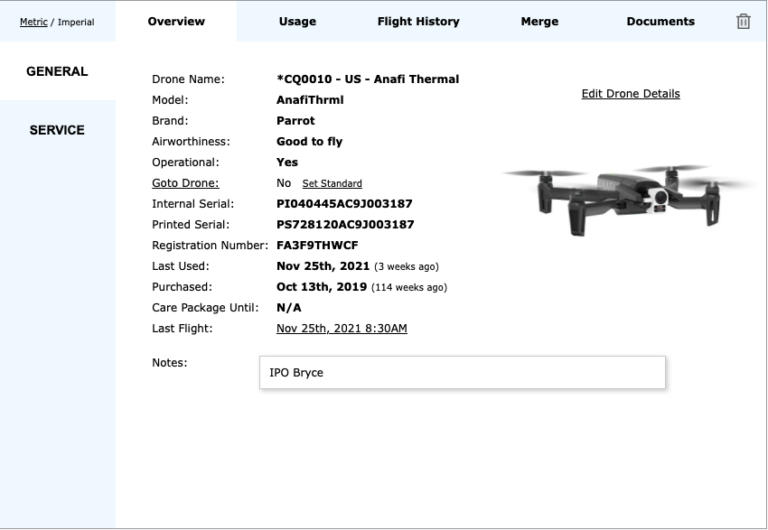
Maintenance log
As mentioned, maintenance records also play a key role in flight logbooks. And, for good reason.
“We had a maintenance schedule of replacing props after 20 hours of flight,” Andy Huggett, Consortiq’s EMEA training manager, explained.
“Following an incident [where a propeller broke off mid-flight] we were able to review our logs and alter our interval for prop replacement…we identified a better schedule for a certain type of aircraft.”
To create your own maintenance log for your drone program, you’ll want to consider several items.
Start by including:
- scheduled and unscheduled repairs,
- inspections,
- software upgrades,
- modifications, and
- replacement of consumable parts such as propellers.
For scheduled maintenance, create a calendar with a written schedule to stay on track. When any maintenance or repairs occur, write them down, and include the date, time, location, who completed the maintenance, and what was done.
Keep in mind that some components require separate maintenance from the drone itself (i.e. the propellers & batteries). LiPo batteries degrade over time. As they start to weaken, they hold less of a charge, sometimes even bulging on the sides, and pose a potential fire risk.
Make sure to record all necessary information for each of those components. If you’re not sure which apply to your drone, refer to the manufacturer’s guidance.
You’ll also want to periodically review your maintenance records and track any updates or trends. Perhaps a particular battery is causing reduced flight times, or one of your UAS is constantly losing remote connection… these signs, often detected during inspections, alert you to potential issues before they cause an accident in the field.
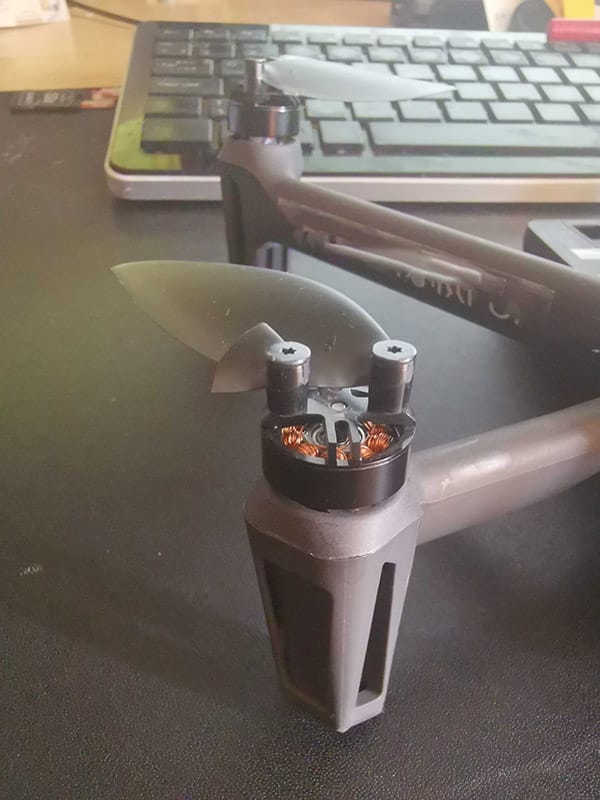
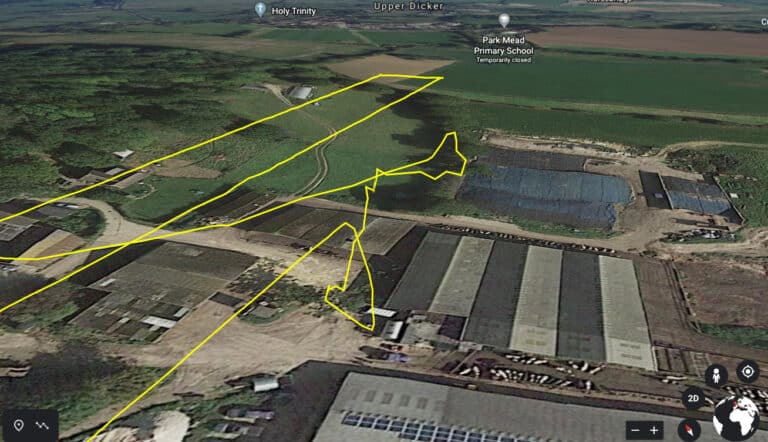
Hidden benefits
Sure, flight logs provide peace-of-mind.
But, did you know that they might also make you more money as a drone pilot? Take it from Consortiq’s chief UAS pilot, Wyatt Filipowicz.
“Many people don’t think of them in this respect but, back when I first went to California for utility inspections, not many people had flown drones around power lines,” Filipowicz said.
“I used drones for utility inspections after a hurricane, and I was able to prove my experience because I logged my flight hours. By proving my experience I not only got the job, but I was paid a higher rate than pilots that could not provide proof of their experience.”
When you go to a job site with documented experience, you put yourself ahead of the competition.
The takeaways
The safest, most efficient drone programs require accurate, detailed records of your flights and repairs.
Not only do they help to guide routine matters, such as scheduled repairs, but they also provide documentation for any issues that arise in the future.
Be sure to include every detail possible, because it may come in handy. Weather conditions, flight durations, location, and much more, all play important roles.
When coupled with standard operating procedure manuals and a robust safety program, these logbooks ensure the continued success of your drone program.
If you or your business needs assistance creating a logbook, Consortiq is always here to help.
We’ll review any procedures already in place, or create one for you. We’ve already helped over 1,000 pilots and organizations across the globe to improve their operations, and we look forward to working with you, too!
To get started, just complete the form below, or call us (numbers at the bottom of this page).
We’ll help you find your better way!

David Daly - Contributing Author
David Daly, is an award-winning photographer/writer and licensed (FAA) Commercial sUAS pilot. A graduate of the United States Naval Academy, David is a former Marine Corps officer with a BS in Oceanography and has earned his MBA from the University of Redlands. David has worked for Fortune 100 companies and has a background in aerospace, construction, military/defense, real estate, and technology.


